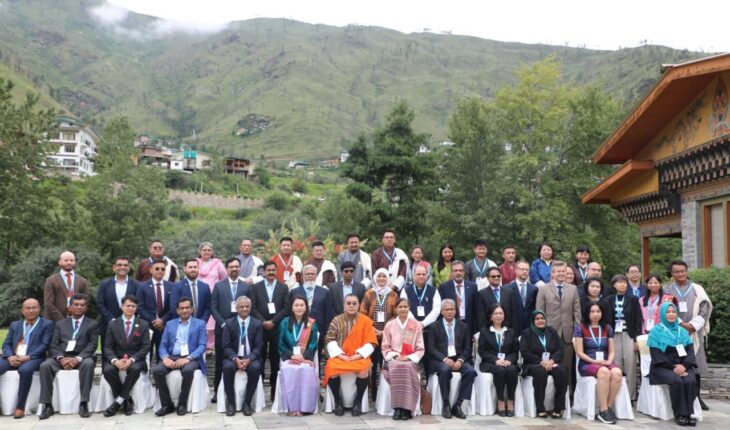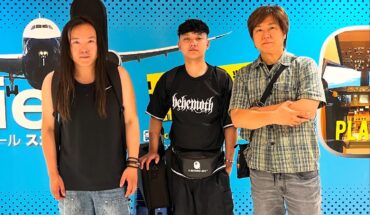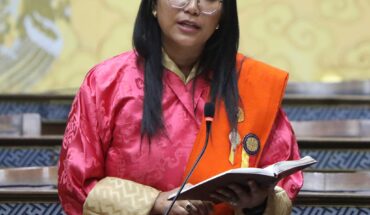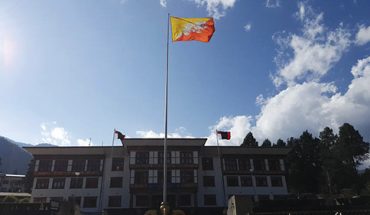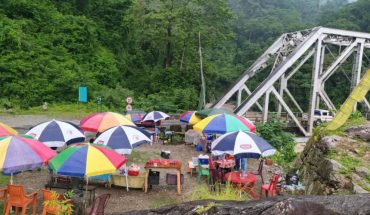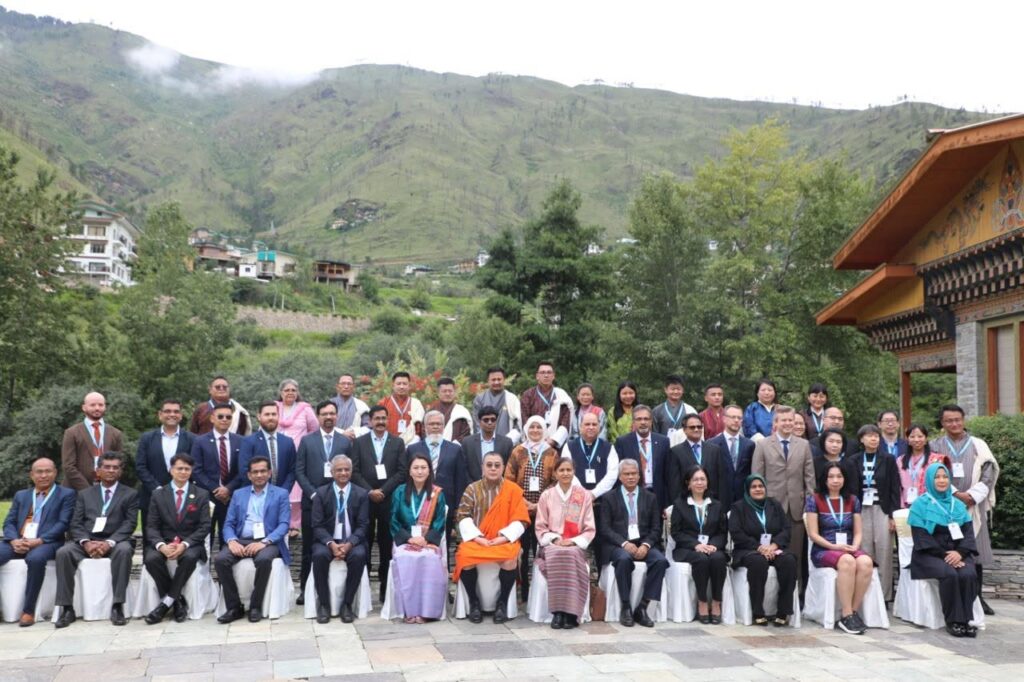
NGAWANG JAMPHEL
Thimphu
The Sixth Meeting of the Assembly of the South-East Asia Regulatory Network (SEARN) was held in Thimphu on July 15 and 16.
The meeting was hosted by the Bhutan Food and Drug Authority (BFDA) under the Ministry of Health, with support from the World Health Organization (WHO).
The Assembly brought together over 40 participants from across South-East Asia. These included heads of National Regulatory Authorities (NRAs), chairs of SEARN working groups, WHO representatives, public procurement officials, development partners, and members of the Coalition of Interested Parties (CIP).
SEARN is a regional network that was formed in 2017. It includes all NRAs in the South-East Asia region that are responsible for regulating medicines, vaccines, and medical devices.
Since its beginning, SEARN has grown into a strong platform where more than 100 experts from member countries work together throughout the year. They share ideas, learn from each other, and carry out a common work plan to improve access to safe and effective medical products.
This year’s Assembly was held under the theme “Regulatory Excellence: Achieving Balance of Quality and Accessibility to Medical Products for All.”
The theme highlights the importance of not only ensuring that medical products are of good quality and safe but also making sure they are accessible to everyone, including people in remote and low-income areas.
One of the main goals of the Assembly was to review the progress made under the 2024–2025 SEARN Workplan. Participants also discussed and approved the 2025–2026 Workplan.
These workplans include activities and goals to help countries improve their medical product regulation systems. The Assembly also discussed how to monitor and evaluate this work to ensure results are achieved.
A key focus of the meeting was to discuss the results of pilot projects under SEARN’s Capacity Building Strategy. These projects aim to improve the skills of staff and the systems used in each country to regulate medical products.
Another important outcome of the Assembly was the finalization of a Memorandum of Understanding (MoU) among SEARN members. This agreement will help structure how countries work together, share important information, and respond quickly to issues.
The Assembly also talked about how SEARN can work more closely with other international groups. These include the Association of Southeast Asian Nations (ASEAN) and the International Medical Device Regulators Forum (IMDRF).
The meeting also reviewed how SEARN responded to Mpox (monkeypox), a recent public health emergency. This session showed how important it is for countries to work together during outbreaks.
By sharing information and acting together, they were able to make faster decisions and provide people with safe and necessary health products.
One of the key new topics discussed was the plan to create a working group on traditional medical products. The working group will help develop common rules to make sure these products are safe and effective for public use.
The Assembly also provided time for SEARN to meet with the Coalition of Interested Parties (CIP). This group includes donors, technical agencies, and development partners who support the network’s goals.
The Assembly also created space for exploratory discussions with new partners, such as Japan, the Asian Development Bank (ADB), and the United States Food and Drug Administration (USFDA).
Throughout the two-day meeting, participants agreed that trust, cooperation, and shared responsibilities are key to improving the regulation of medical products.
Many countries in the region face similar challenges, such as limited resources or technical staff. By working together SEARN is expected to overcome these problems and make sure their people have access to high-quality health products.
The Assembly ended with renewed commitment from all member states to continue their cooperation. SEARN will keep supporting its members by providing technical guidance, building regulatory capacity, and helping countries learn from one another.

